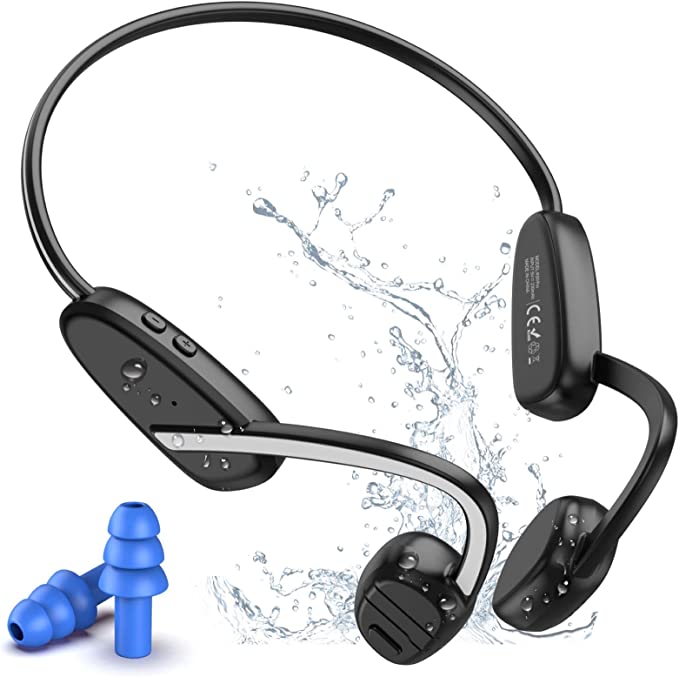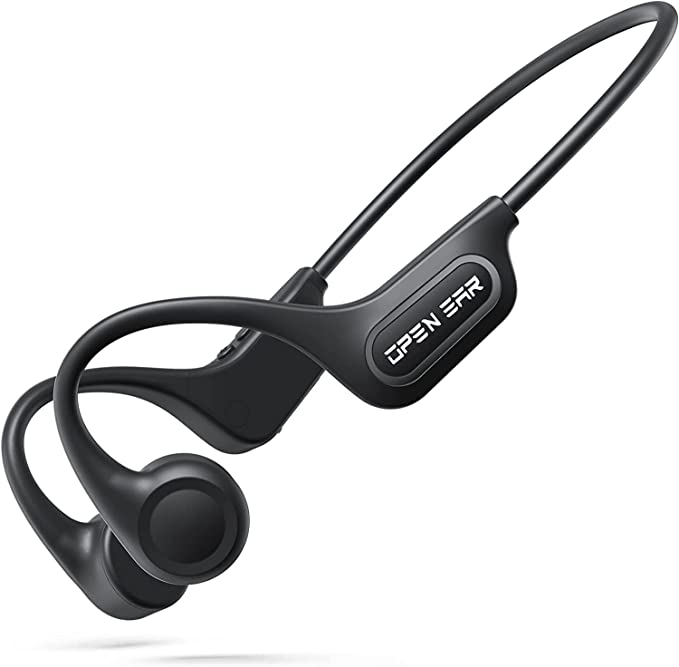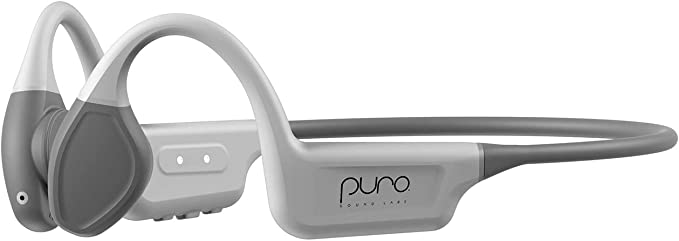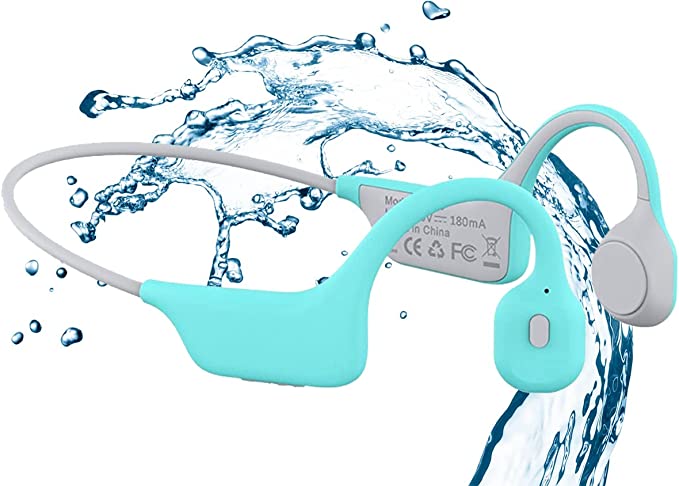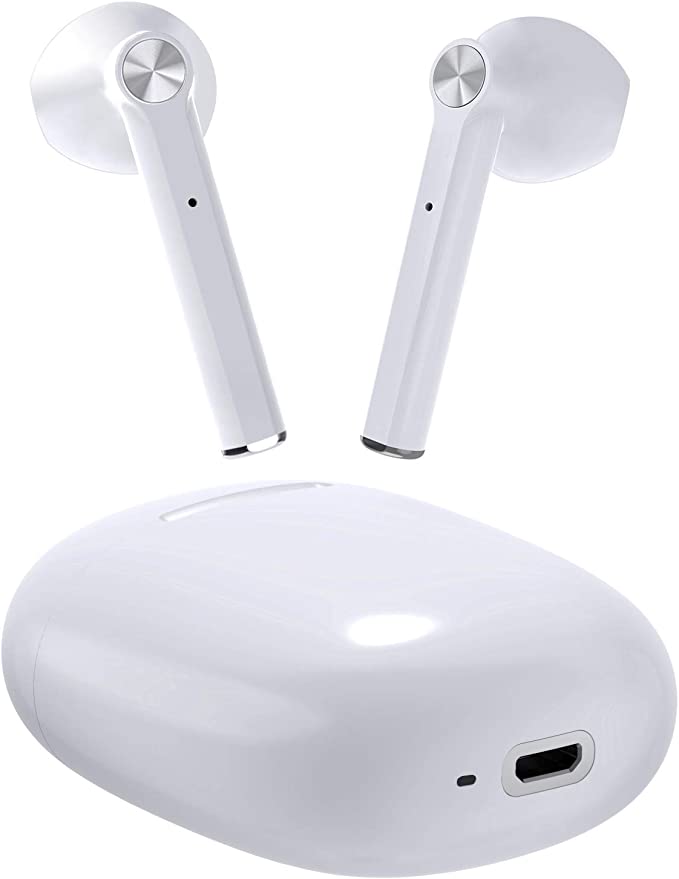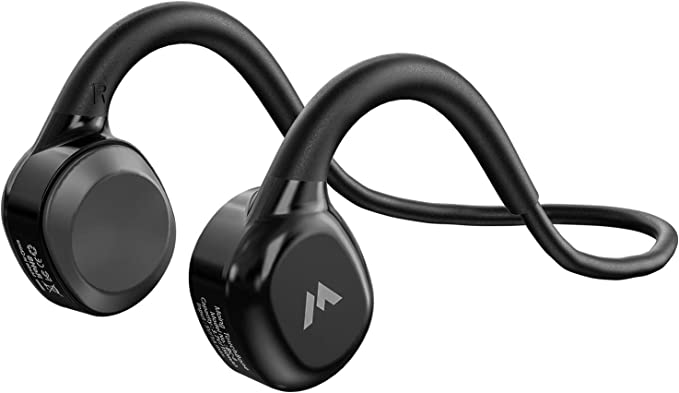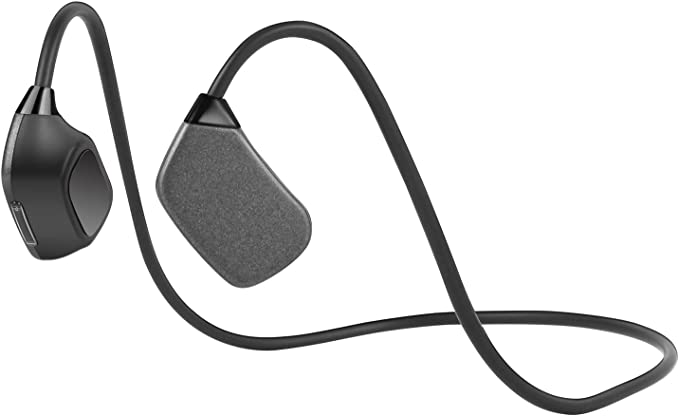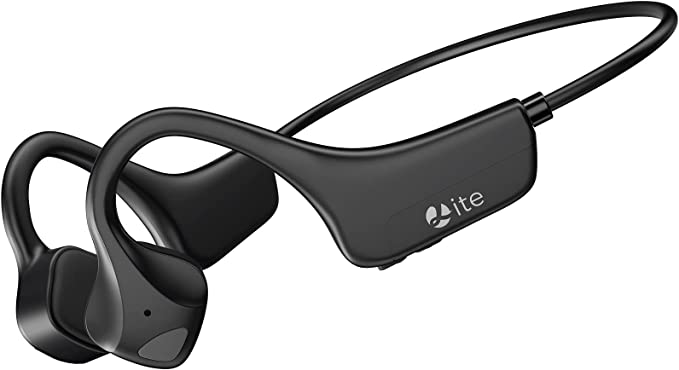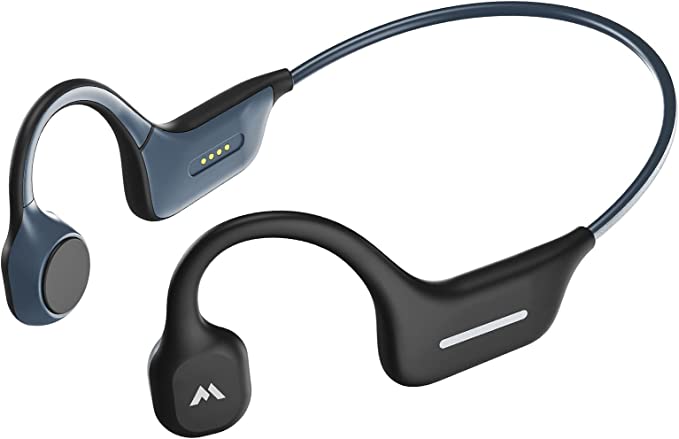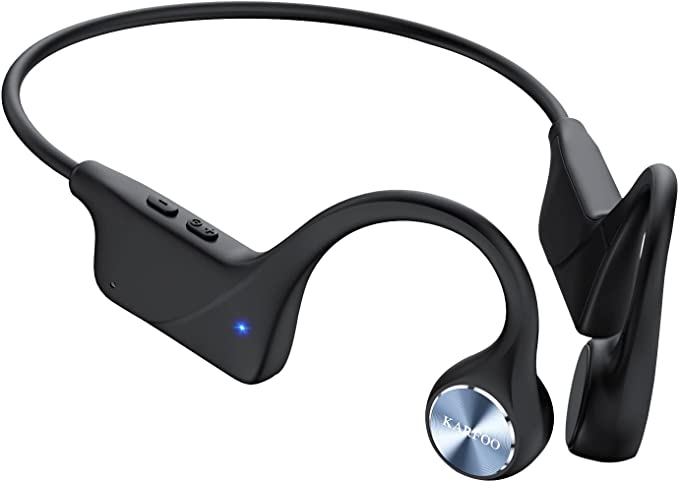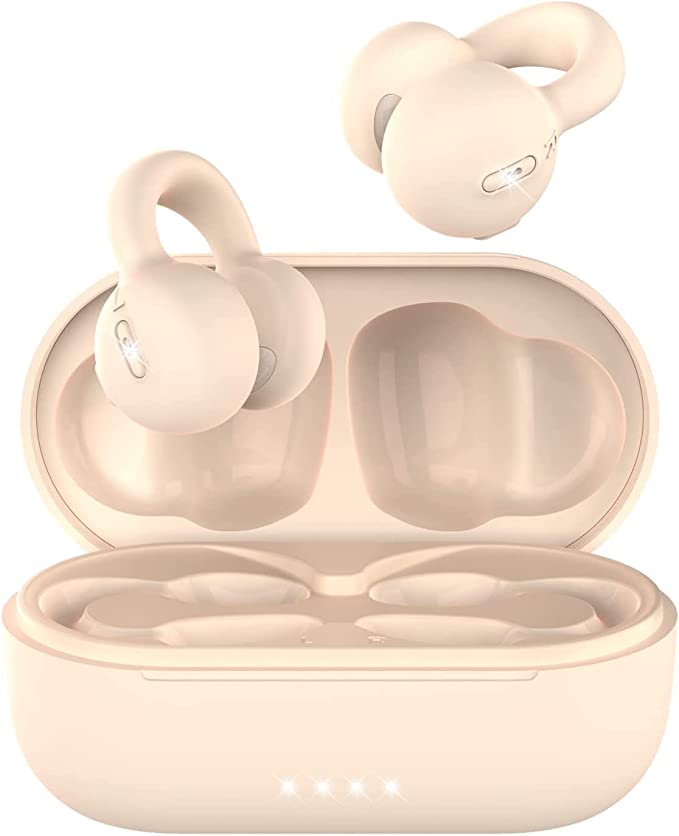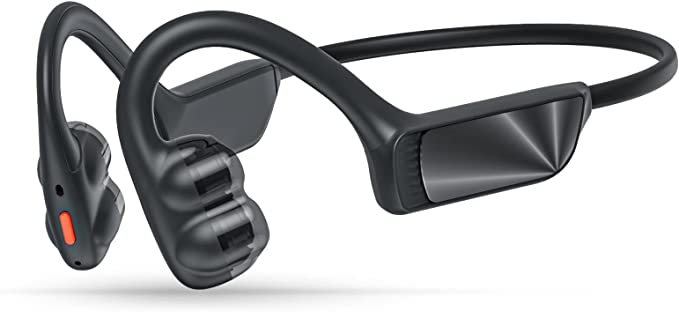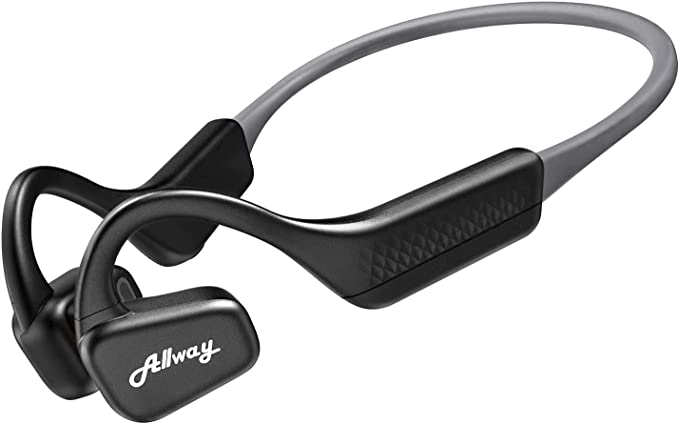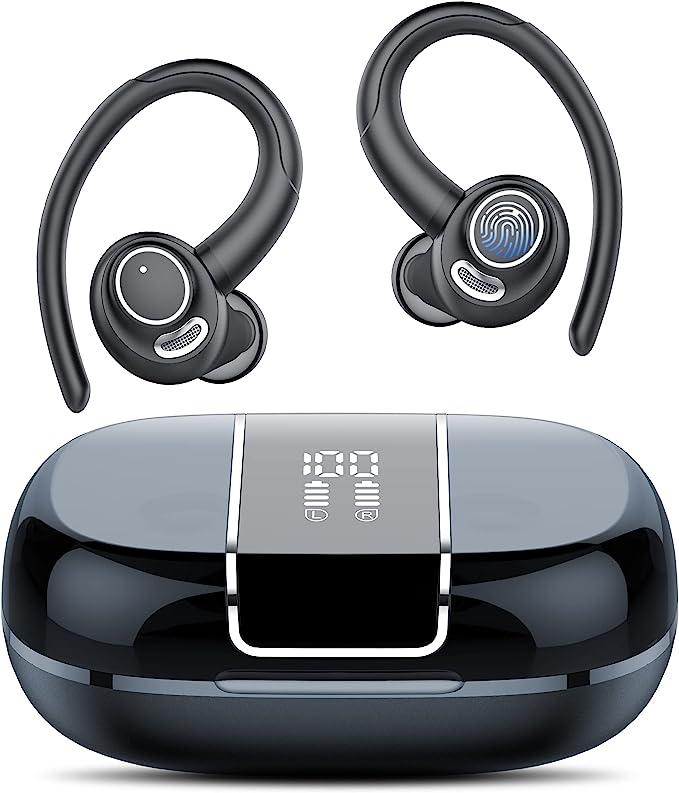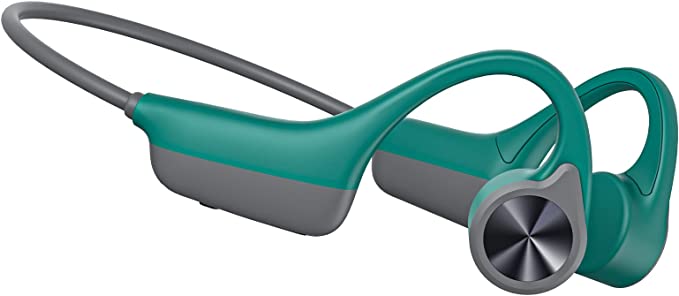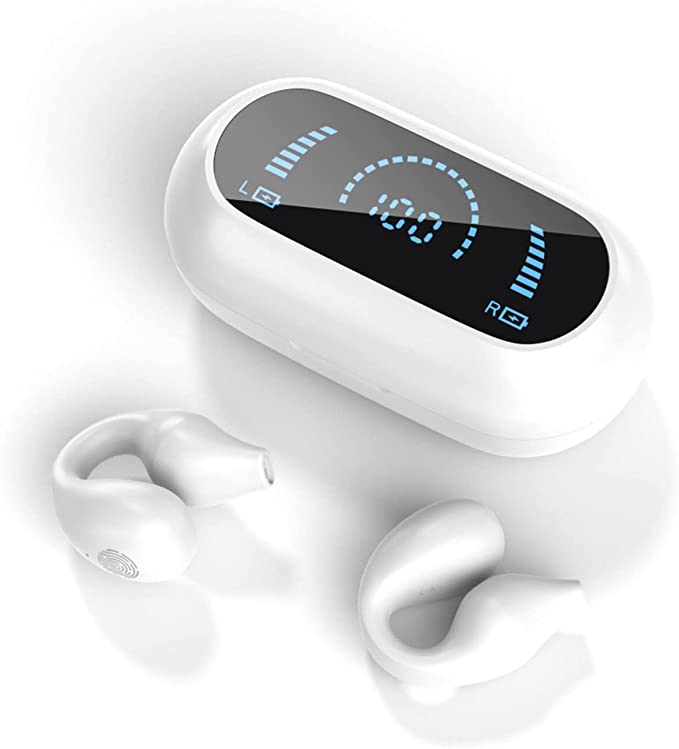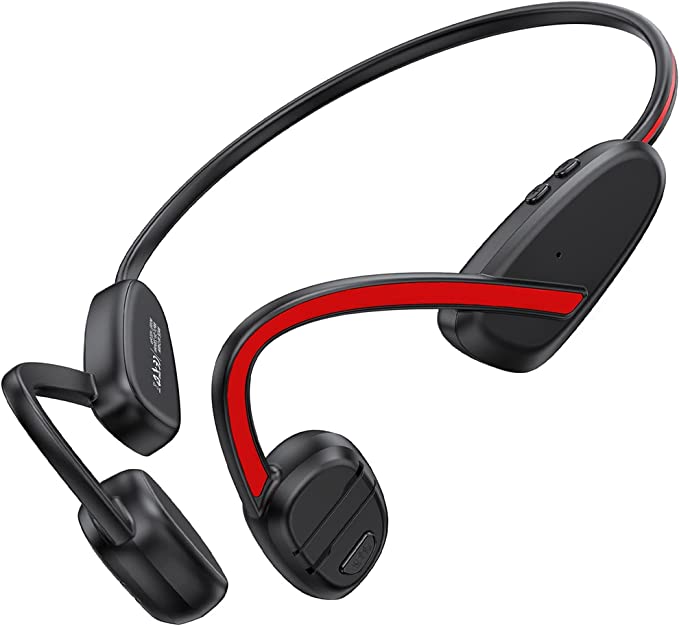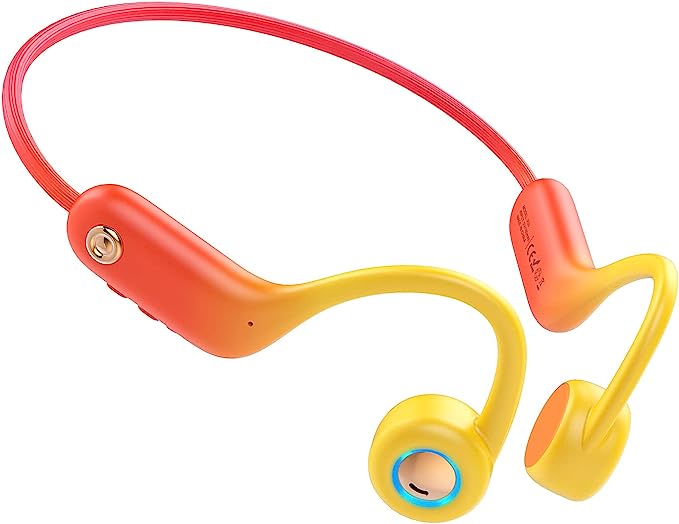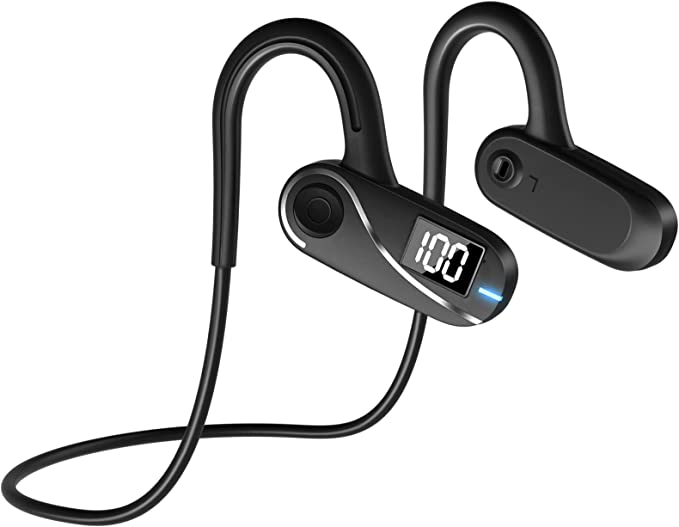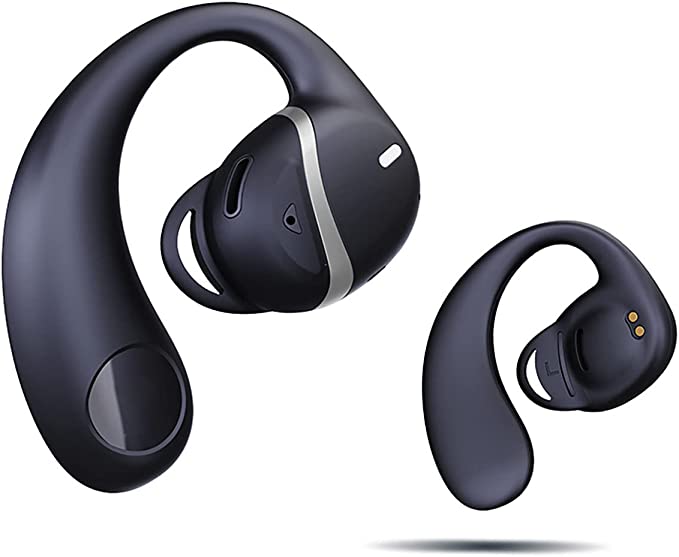The Sound of Silence: How Bone Conduction Headphones Let You Hear Your World and Your Music
Update on Aug. 13, 2025, 8:18 a.m.
It’s a story often told of Ludwig van Beethoven, in the twilight of his hearing, biting down on a conducting rod pressed against his piano, just to feel the vibrations of his own compositions resonate within his skull. This desperate, ingenious act was not magic; it was a raw, unfiltered demonstration of a fundamental principle of sound. It’s the principle that sound is, at its core, vibration, and our eardrums are not the only gateway to our brain. Today, this profound concept has been refined and engineered into a unique class of audio device: bone conduction headphones.
Imagine a runner navigating a bustling city park. They face a modern dilemma: lose themselves in the rhythm of their playlist and risk missing the chime of a bicycle bell, or stay alert and sacrifice the motivating power of music. This is where products like the CHENSIVE X14 Flagship Bone Conduction Wireless Headphones enter the conversation, not merely as another gadget, but as a technological answer to this very conflict. They promise a way to have both—your audio and your world, simultaneously. This article will journey through the fascinating science of bone conduction, using the X14 as a tangible case study to explore the technology’s triumphs, its honest limitations, and the future it suggests for personal audio.

The Road Not Taken: A Tale of Two Hearings
To understand what makes bone conduction unique, we must first appreciate the conventional path sound takes. Traditionally, sound travels via air conduction. Think of it as the main entrance to your auditory system. Sound waves, which are pressure vibrations in the air, are funnelled by your outer ear into the ear canal, causing your eardrum to vibrate like the skin of a drum. These vibrations are then amplified by a delicate trio of bones in the middle ear (the ossicles) and transmitted to the cochlea, a spiral-shaped, fluid-filled organ in the inner ear. Here, tiny hair cells convert the mechanical vibrations into electrical signals, which the auditory nerve carries to the brain to be interpreted as music, speech, or the rustling of leaves.
Bone conduction offers a different route—a VIP pass that bypasses the outer and middle ear entirely. Instead of sending vibrations through the air, devices like the CHENSIVE X14 use small components called transducers that rest on your cheekbones, just in front of your ears. These transducers convert the electrical audio signal into precise mechanical vibrations. These vibrations travel through the bones of your skull directly to the very same destination: the cochlea. Your inner ear doesn’t distinguish between vibrations that arrive via the eardrum or the skull; it processes both into the sound you perceive. This alternative pathway is so effective that it has long been the basis for certain types of hearing aids, offering a lifeline of sound to individuals with conductive hearing loss affecting their outer or middle ear.

Anatomy of a Modern Messenger: Deconstructing the CHENSIVE X14
Looking at the CHENSIVE X14 provides a perfect blueprint for understanding how this science is translated into a consumer product. Every feature is a direct consequence of its core technology.
The Heart: Transducers and Audio Fidelity
The engine of any bone conduction headphone is its transducer. This is what generates the vibrations. While the technology ensures clarity, especially for vocals and mid-tones, it also introduces the most significant trade-off and a common myth: sound quality. Bone conduction struggles to replicate the deep, resonant bass that traditional over-ear or in-ear headphones can produce. This isn’t a design flaw but a limitation of physics; moving solid bone requires more energy and produces a different psychoacoustic sensation than moving air in a sealed ear canal. Therefore, while users might praise the clarity for podcasts or calls, audiophiles seeking powerful bass for genres like EDM or hip-hop will notice a distinct difference.
The Skeleton: A Titanium Frame
The X14 weighs a mere 30 grams, a feat made possible by its titanium memory metal frame. Titanium is a material prized in aerospace and medical implants for its exceptional strength-to-weight ratio and flexibility. This choice is not just for marketing; it’s critical for function. The frame must be strong enough to provide the gentle clamping force needed for the transducers to make firm contact with the bone, yet light and flexible enough to remain comfortable for hours of wear. However, this one-size-fits-most approach has its own trade-offs. Users with larger heads may find the fit too snug, while those who wear glasses might experience pressure points where the headphone arms and glasses arms compete for the same small piece of real estate behind the ear.

The Nerves: Bluetooth 5.3 Connectivity
The adoption of Bluetooth 5.3 is more than just a version number. This standard offers improvements in connection stability, efficiency, and reduced latency. For the user, this means fewer dropouts when your phone is in your pocket and a longer-lasting battery from a single charge. More importantly, Bluetooth 5.3 paves the way for LE Audio, a future-facing technology that promises higher-quality audio at lower power consumption and new capabilities like Auracast, which could allow you to share your audio stream with multiple nearby listeners.
The Armor: Decoding the Waterproof Rating
Here we encounter a fascinating and crucial point of analysis for any discerning consumer. The product description for the X14 prominently features an IPX6 rating, signifying protection against powerful water jets—perfect for sweat during intense exercise or running in the rain. However, the detailed specifications list an IPX8 rating, which implies continuous submersion in water. These are vastly different standards. An IPX8 device is suitable for swimming; an IPX6 device is not. This discrepancy is likely a marketing error, with IPX6 being the more credible and realistic rating for this type of open-construction electronic device. It serves as a stark reminder that consumers must think critically about specifications; for activities like running or cycling, IPX6 provides more than enough protection.

The Open-Ear Doctrine: Freedoms and Honest Limitations
The primary reason to choose bone conduction is the philosophy of open-ear listening, which brings a cascade of benefits and inherent compromises.
The most celebrated benefit is situational awareness. For cyclists, runners, construction workers, or even parents watching their children in the yard, the ability to hear oncoming traffic, colleagues, or a child’s cry while enjoying audio is a genuine safety and convenience feature. This open design also improves comfort for those who dislike the feeling of earbuds lodged in their ear canals and enhances hygiene by reducing moisture and bacteria buildup.
However, this openness comes with trade-offs that are often downplayed. The first is sound leakage. Because the vibrations are generated externally, some of that energy will dissipate into the surrounding air, meaning in a quiet office, the person next to you might hear a faint, tinny version of your music. The second is the physical sensation of vibration. At higher volumes, particularly with bass-heavy tracks, users will feel a distinct buzzing or tickling sensation on their cheekbones. For some, this is a minor quirk; for others, it can be distracting.
Finally, we must bust the most dangerous myth: that bone conduction is “safer” for your hearing. While it bypasses the eardrum, the final point of reception—the delicate hair cells inside the cochlea—is the same. Hearing damage is primarily caused by exposing these cells to excessive volume over time. The cochlea does not care how the vibrations got there. Listening to bone conduction headphones at maximum volume for extended periods can still lead to noise-induced hearing loss, just as with any other type of headphone.

A New Channel, Not a Replacement
Bone conduction headphones like the CHENSIVE X14 are not here to make your high-fidelity over-ear cans obsolete. They are not a universal panacea for all listening needs. Instead, they represent a brilliant, specialized tool that excels in specific contexts where the interplay between digital audio and physical reality is paramount.
They embody a shift in technological thinking—away from creating immersive, isolating bubbles and toward a more integrated, augmented form of listening. They are for the moments when you need to be present in your environment, not escape from it. The legacy of Beethoven’s conducting rod is not just in the technology itself, but in the human desire to connect with the world through every available sense. Modern technology has finally caught up, offering us a new channel to listen through. The wisdom, as always, lies not in the device, but in choosing the right tool, for the right moment, at a responsible volume.
